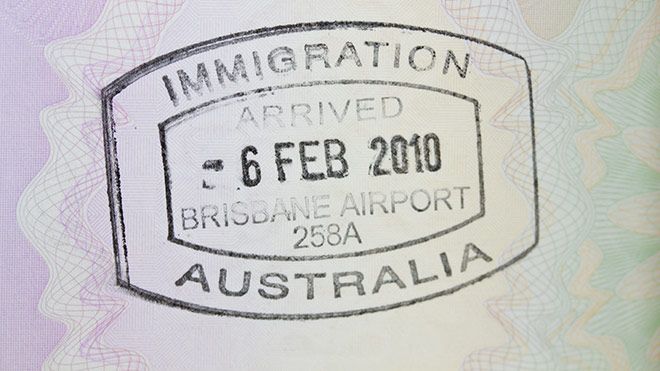Australia’s migration system wouldn’t work here (and doesn’t work there)

When supporters of tougher immigration controls are asked what system they would introduce, they often point to Australia’s points-based system. I often get the feeling that this is as much an appeal to old Commonwealth ties as much as a rational answer to the question, with potentially darker undertones of a return to the infamous ‘White Australia’ policy of the past.
But it’s important to understand that the Australian points-based system of managed migration has many of the same flaws as our own system. It’s harsh on refugees fleeing oppression and violence, as the recent suicides in the Nauru detention camp show, but it doesn’t prevent the exploitation and undercutting in the workplace which is such a drawback of our own system. Unsurprisingly, Australian unions are no more fans of their own immigration regime than we are of ours.
John McTernan, former aide to Australia’s first woman Prime Minister Julia Gillard, has set out in the Daily Telegraph that the Australian system leads to half a million migrants a year – which in a country with just over a third of our population would mean well over a million in Britain. As John says, that’s “not, one thinks, what voters mean when they say they would like a fully points-based system for Britain.”
More worryingly, as I blogged a year ago, the Australian system doesn’t even do what it’s supposed to. Rather than tackle short-term skill shortages in the labour market, the employer sponsorship aspect of the points-based system has led to a massive influx of unskilled and semi-skilled workers who are exploited by their bosses. The 457 visa allows employers to bring in workers to fill particular gaps for a limited period of time. The workers are only allowed to stay in Australia while they are in the job they came to do, and that gives the employer huge power over them. As Dave Noonan, national secretary of the Construction Forestry Mining and Energy Union, the CFMEU, explains:
“It places workers in inherently vulnerable circumstances and means that often their tenure in the country is tied to their continued employment. This gives employers enormous power and sadly we often see that power being exploited.”
By last May, 457 visa workers accounted for between 7-10% of the labour force, and up to 20% among younger workers. It seems that the Australiam system produces a reservoir of exploited workers, undercutting local wages and undermining training programmes to fill the skills gaps domestically. Tough on migrants, certainly, but not on migration itself. And the Australian union movement has proposed similar changes to those we advocate: equal treatment rights that prevent exploitation and undercutting, and therefore tackle the problem more effectively than just looking tough on the numbers.
Stay Updated
Want to hear about our latest news and blogs?
Sign up now to get it straight to your inbox
